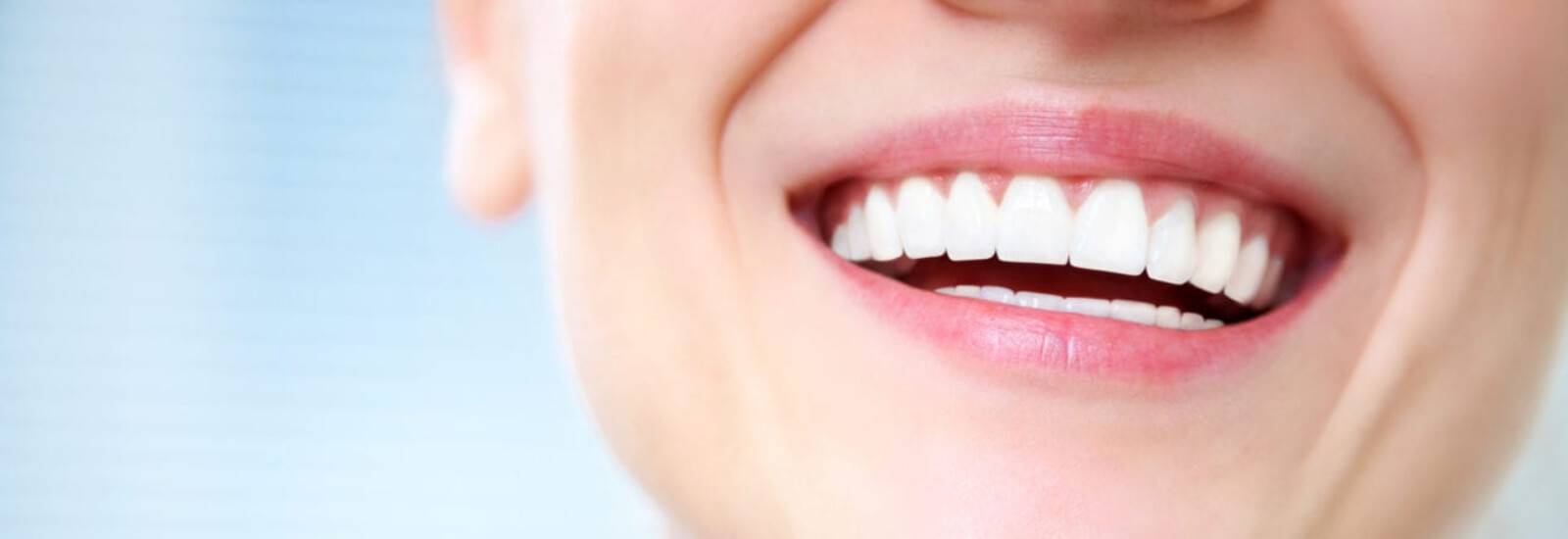Calculus Removal
Calculus is formed when the plaque layer on the teeth gets hardened and forms a dark sticky material, which is called tartar. Formation of the calculus causes different oral issues like gum receding, Gingivitis, redness in gums, bad breath, bleeding gums, etc. The calculus is very hard to remove through natural ways, so taking the treatment of calculus removal from the dental expert is only advisable.

Talk to a Dentist Now!
Dental calculus removal often requires the patient to be anesthetized depending on the seriousness of the dental condition. An effective calculus tartar treatment significantly reduces the number of bacteria present in the mouth, which also hinders the further growth of bacteria. Successful treatment also protects the tissues that are surrounded and supported by the teeth (known as periodontium). Once formed, calculus is too hard and attached to remove with regular brushing and flossing. In that case, one has to take professional help where it can be removed with ultrasonic tools or designated dental tools such as a periodontal scalar.
How is Calculus formed?
The calculus or the tartar layer is a result of the constant deposition of saliva, Gingival Crevicular Fluid (GCF) and other bacterial deposits over the surface of the teeth. This layer of deposition eventually hardens to form a tartar layer. Although a mild dental procedure kills the bacteria and leaves a rough and hardened surface, which is more susceptible to further growth of plaque and tartar. The plaque layer is mostly seen at both the teeth surface, gum line (known as supragingival) , and also in the narrow gap (sulcus) between the gum and the teeth (known as subgingival).
Calculus Removal Process

Plaque and calculus deposits are a significant factor in the formation and progression of dental diseases. An integral part of being a dental hygienist is getting familiar with the process of plaque and calculus removal, which is famous as debridement. To achieve the most effective calculus teeth removal, an oral hygienist will use hand-held dental tools like a periodontal scalar, curettes, hoes, files, and chisels. These devices are designed to meet specific needs for different parts of the mouth.
An ultrasonic device is also used to incorporate a combination of high-frequency vibrations with water to extract the tartar. Hoes, chisels, and files are less widely used as they are beneficial for removing large amounts of calculus. Ultrasonic scalers are more effective in removing the calculus layer, stain, and plaque. Moreover, it is used for root planning, curettage, and surgical debridement. The most satisfactory results in dental debridement are achieved when using ultrasonic tools in adjunct to hand instrumentation.
There are potentially more effective methods for the dental calculus removal procedure. The use of near-ultraviolet (NUV) and near-infrared lasers are one of those methods. The use of such lasers in calculus teeth treatment gives quite an advantage over the use of conventional hand tools as the thin and flexible fibers can emit laser energy that can reach periodontal pockets, which are otherwise quite challenging to access. Implementing such methods in calculus teeth treatment requires extensive knowledge and training, which dental hygienists must adapt before performing in the clinics.
Calculus Detection System
The elimination of supra- and sub-gingival calculus is the cornerstone of periodontal therapy. Dental calculus being mineralized plaque, is porous. As a result, it can absorb various toxic products that damage the periodontal tissues. It is necessary to detect the problem for proper removal of the calculus accurately.
Following are the few methods of removing dental calculus:
- Perioscopy: It is probably the only available active method for the detection of dental calculus. We were introduced to this procedure in the year 2000, which involved using a miniature periodontal endoscope. After the device is inserted into the periodontal pocket, a Perioscope is used for the screening of subgingival root surface, tooth surface, and calculus. A Perioscope is generally composed of fiber-optic bundles bound by multiple illumination fibers, an irrigation system, and a light source. The images it captures can be viewed in real-time on a computer screen and also recorded for further usage for research, training, and treatment. Irrespective of its effectiveness in the detection of dental calculus, this process is not widely used due to its high cost and the amount of extensive training required before successful usage.
- Auto-fluorescence based technology : Dental calculus contains various kinds of non-metallic and metallic based components. Due to such differences in the composition, calculus and teeth fluoresce are found at different wavelength ranges (628-685 nm and 477-497 nm, respectively). These differences in wavelengths can be used as a detection method with the help of a designated device.
- Optical Spectrometry: The procedure involves using a light-emitting diode (LED) and fiber-optic technology. The optical fibers recognize the characteristic spectral signals emitted by the calculus. This signal is caused by the absorption, reflection, and diffraction of red light. The advantage of this device is the emission of audible and luminous signals to detect calculus along with its portability.
Calculus Removal Systems
- Mechanical debridement: Non-surgical therapy is the cornerstone of periodontal treatment. The process includes removal of bacterial loads and hard deposits (i.e., calculus) from the periodontal pockets and tooth surface, which can aggravate the infection. It is usually carried out using hand instruments or ultrasonic instruments or sometimes the adjunct use of both.
- Hand instruments: An array of hand instruments is used for non-surgical calculus bridge removal. Each tool is designed to be used in specific areas of the mouth. Some commonly used ones are sickle scalars, designed with a pointed tip, used for supragingival. Curettes, on the other hand, are used for the removal of subgingival calculus, used to smoothen root surfaces, and clean the periodontal pockets. Hand-held instruments must be sharp to carry out effective calculus bridge removal. Also, the practitioner must understand the different uses for different kinds of tools for better performance.
- Ultrasonic instruments: The principal tool used for calculus teeth treatment is using an ultrasonic device. The device is also known as power scalars, which are effective and efficient in the removal of plaque and stain. This not only makes the tenacious job of plaque removal easy but also is evident to give the most effective clinical results. There are mainly two types of ultrasonic instruments that are most commonly used, like piezoelectric and magnetostrictive. Both of these comprise oscillating, vibrating tips, operating at speeds between 18000-50000 Hz. There are different kinds of advice available to serve different purposes and different areas of the mouth. Magnetostrictive power scalar has more of an elliptical vibration, whereas the piezoelectric has a linear wave.
- Vector system: This is a specially designed system that is meant to be to be aggressive on the periodontal tissues but causes minimal tooth surface loss. It is recommended to use this method in conjunction with irrigation fluids containing hydroxyapatite or silicon carbide. Although it is highly effective and also minimizes the amount of pain caused to the patient. It’s effectiveness mostly depends upon the abrasive liquid used in the process as it forms a smear layer on the scaled tooth surface, which reduces the postoperative hypersensitivity.
Why select Sabka Dentist?
There is no doubt that Sabka Dentist is now one of the leading dental hospitals in India that is capable of performing any dental procedure, including a calculus removal procedure. Most of the people prefer undergoing a dental procedure from the clinic because of the following reasons-
- Affordable price for the high standard treatments
- Utilizes the latest technology and equipment for the treatment
- Staffs ensure that the patients are comfortable
- Maintains Hygiene
- Accessible location
- Round the clock services
About Author

A confident Healthcare Professional with over 8 years’ experience successfully diagnoses & treats patients’ dental conditions. Skilled in Endodontics, Implantology, Healthcare, and Surgery, a confident communicator who can relate well to dental patients. Having a proven ability to ensure that dental practices in surgery are continuously updated to provide first-rate care to patients and their families.








